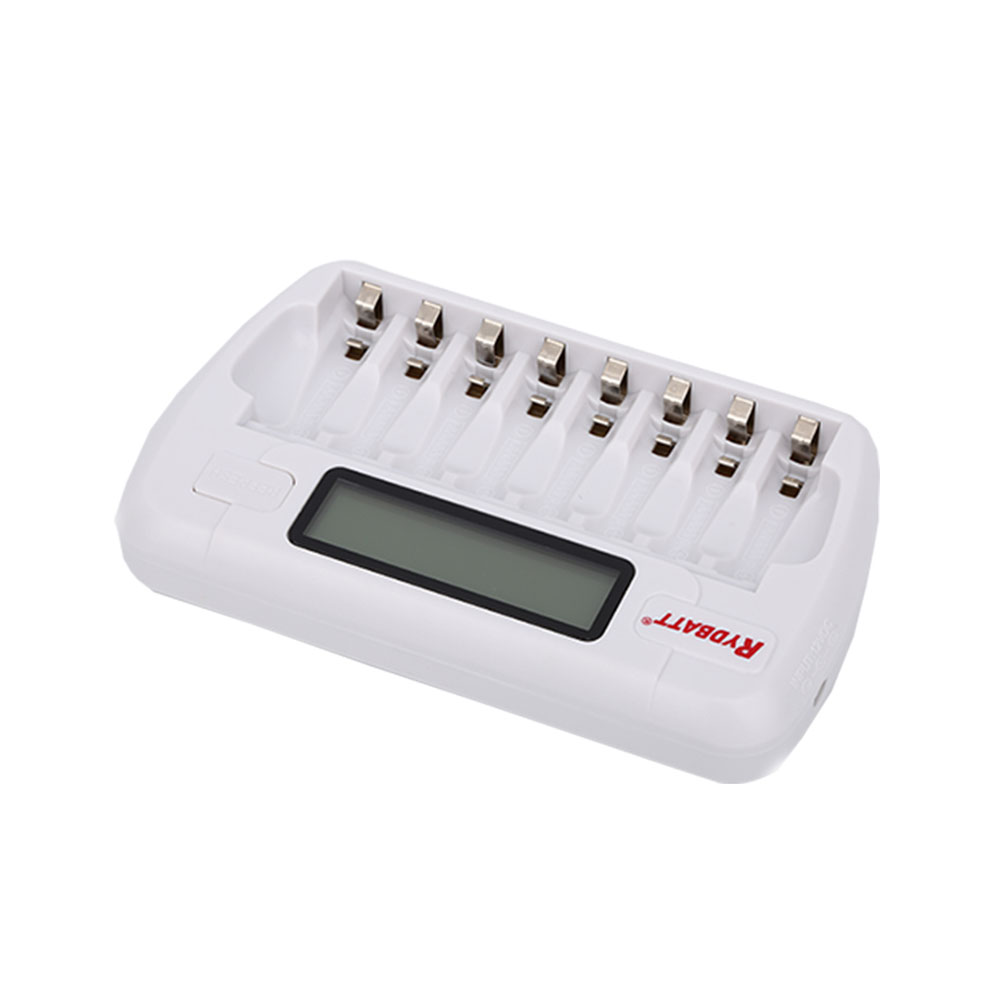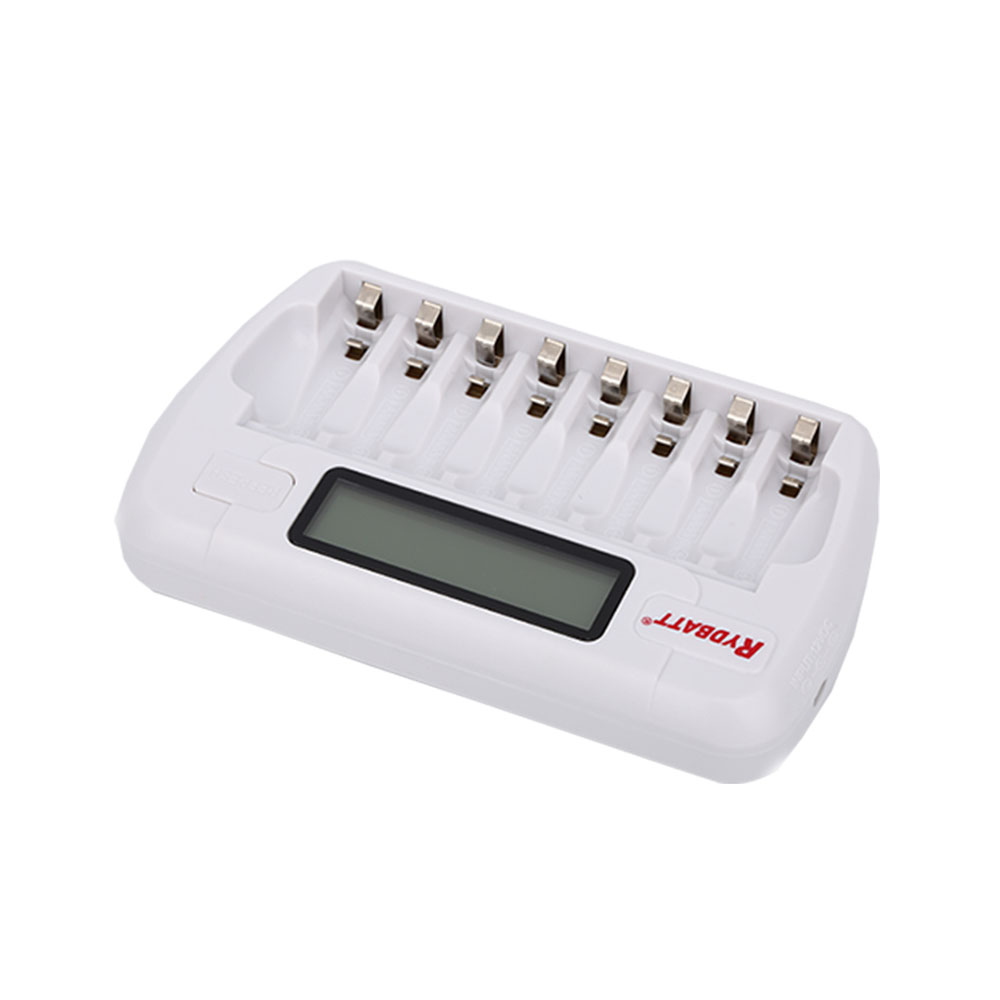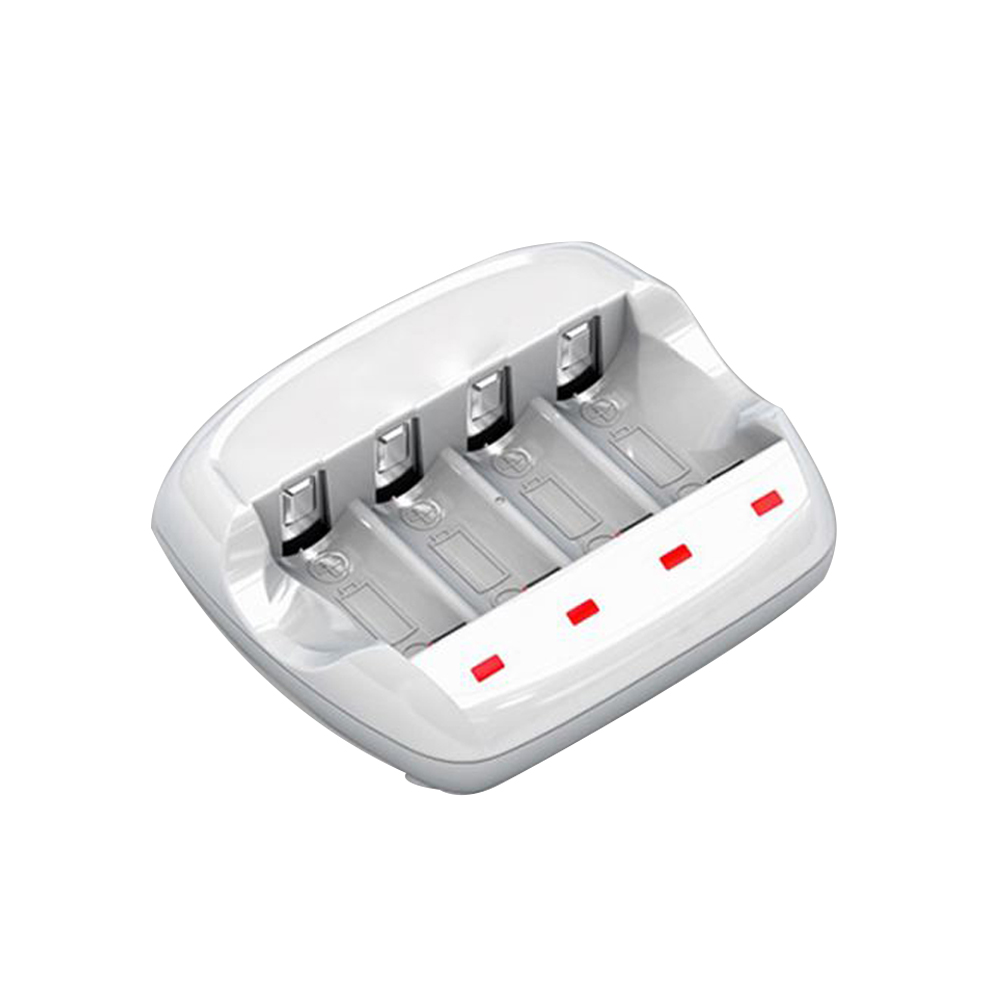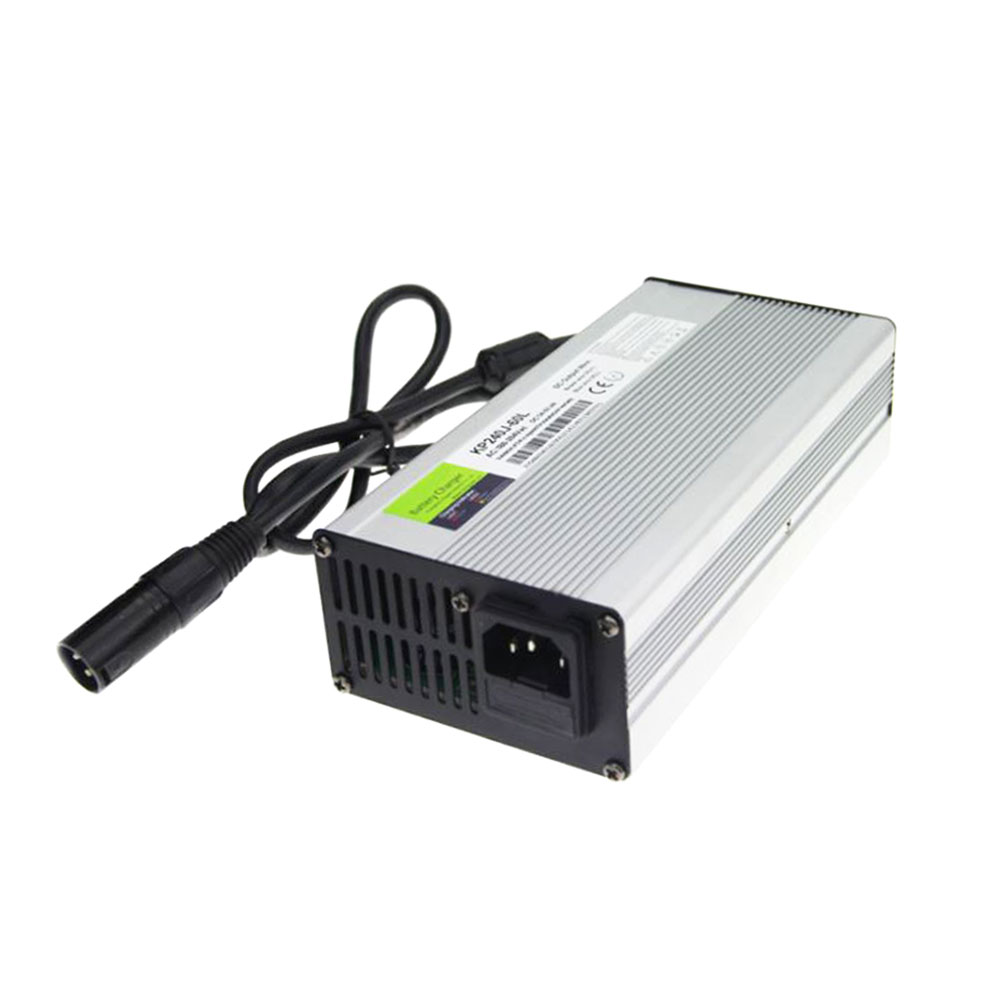Battery Chargers
Himax Electronics: Smart Battery Chargers for Fast, Safe
-
Smart Charging Technology: Equipped with an advanced system that automatically adjusts the charging current for safe, efficient charging, extending your battery’s lifespan.
-
Fast Charging Efficiency: Supports quick-charge modes to significantly cut down charging time, meeting your need for speed and productivity.
-
Wide Battery Compatibility: Works with various battery types like lead-acid batteries and lithium batteries, perfect for electronics, cars, power tools, and more.
-
Safety First: Built-in protections against overcharging, over-discharging, and short circuits ensure your battery’s safety.
-
Durable Design: Made with high-quality materials for long-lasting, stable performance in any environment.
Customize Your Battery Charging Solution
Himax provides personalized battery charger customization to meet the unique needs of your devices and batteries. Whether you need fast charging, broad compatibility, or enhanced safety, we’ve got a tailored solution for you. Choose Himax for efficient, secure charging—contact us today to get a custom battery charging plan and keep your battery systems running smoothly!
FAQs about Smart Battery Chargers
What Is a Battery Charger and How Does It Work?
What Types of Batteries Do Himax Chargers Support?
How Do I Choose the Right Charger for My Device?
When picking a charger, consider the battery type (e.g., lead-acid or lithium), voltage, and charging current. Himax chargers come with detailed specs to help you find the perfect match for your needs.
What Makes Himax Battery Chargers Stand Out?
Himax chargers feature smart charging technology that adjusts voltage and current automatically for safe, efficient charging. They also include multiple safety protections, like overcharge and overheat safeguards, to prolong battery life.
What Should I Keep in Mind When Charging a Battery?
Always ensure the charger matches your battery’s specs to avoid overcharging or over-discharging. Himax chargers have an auto-shutoff feature that stops charging once the battery is full, preventing damage.






